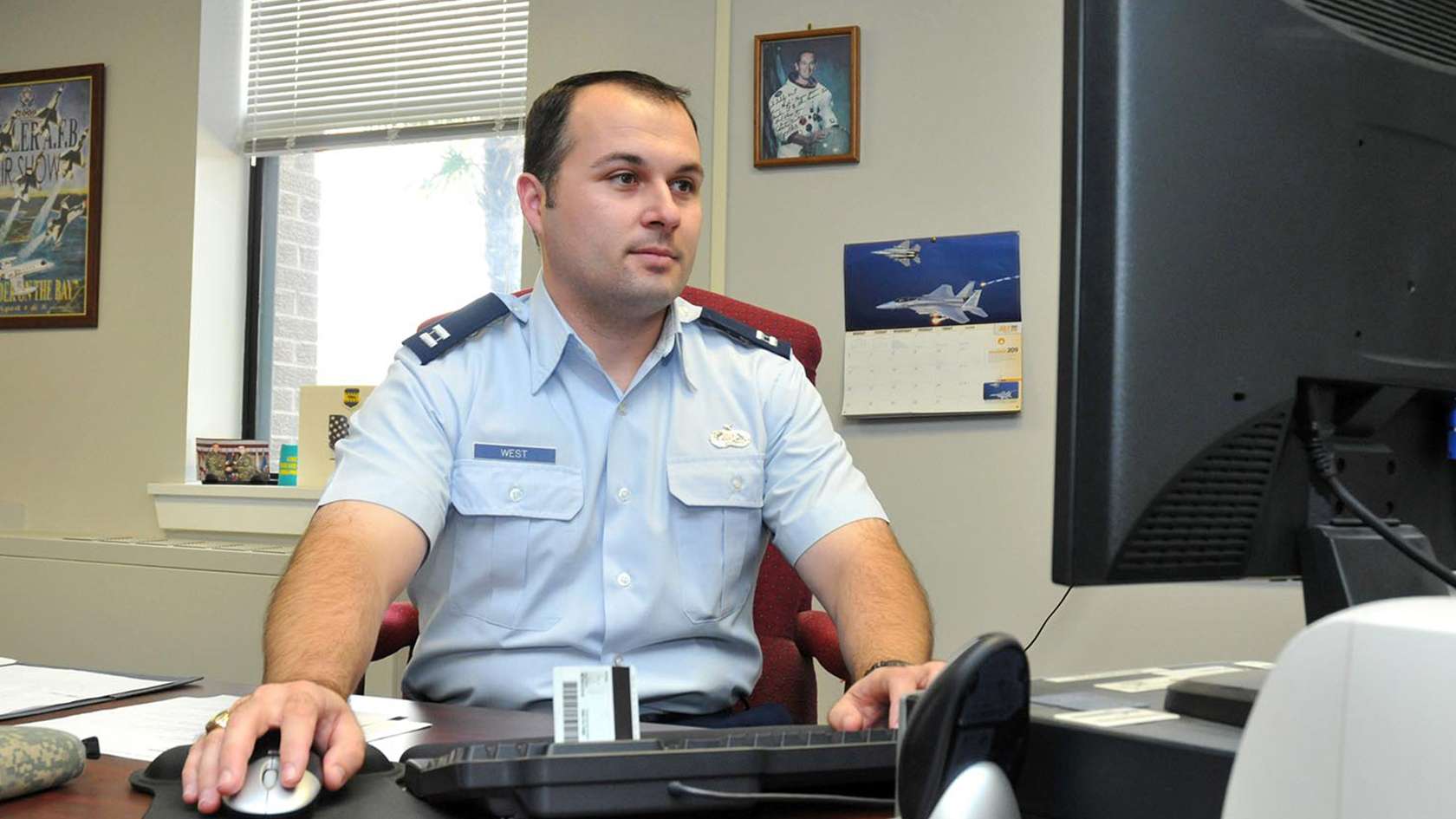15 Civil Air Patrol Ranks: A Comprehensive Guide
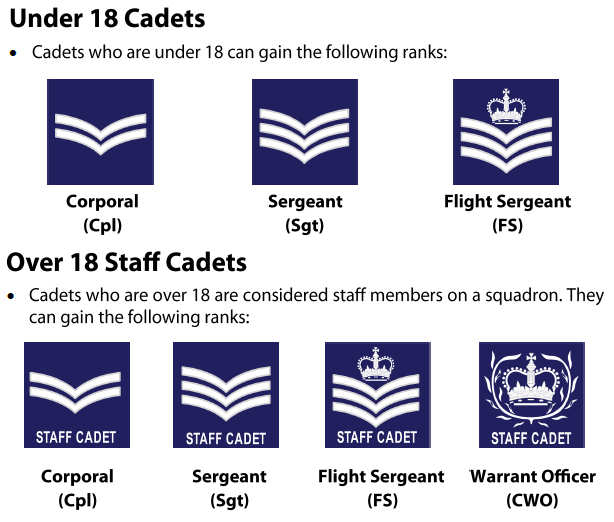
Understanding Civil Air Patrol Ranks
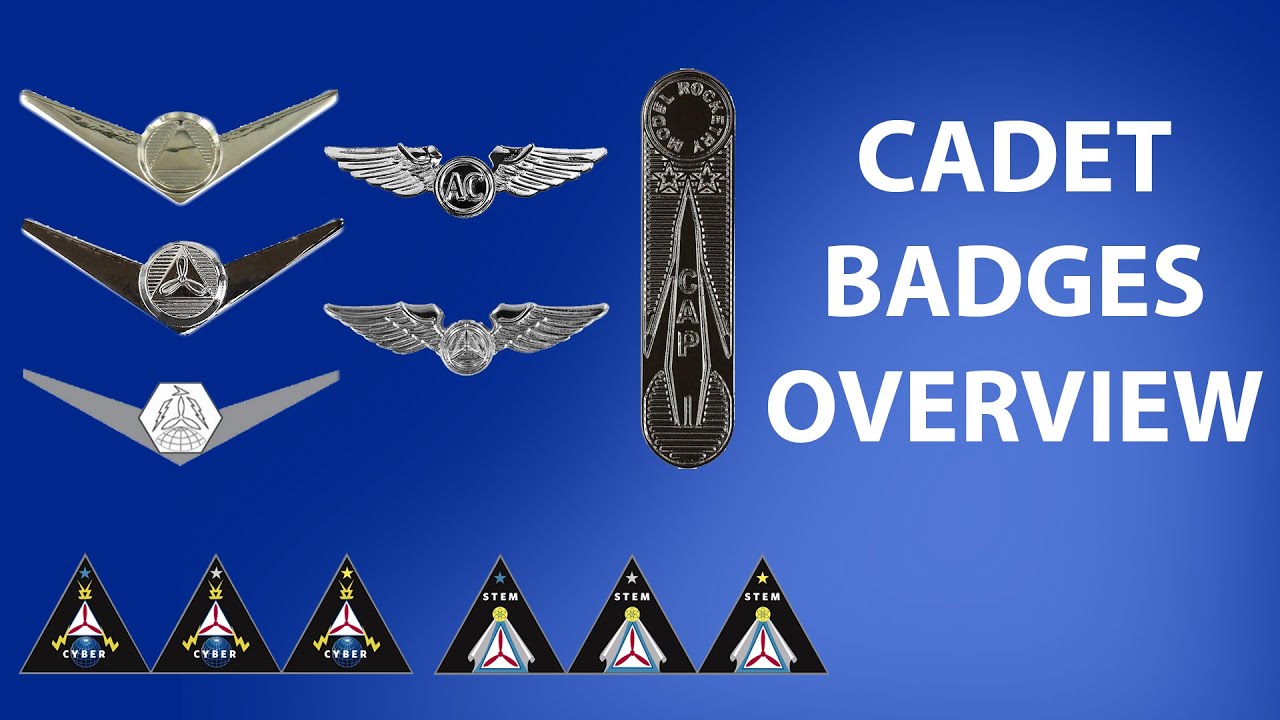
The Civil Air Patrol (CAP) is a vital organization within the United States Air Force, offering valuable services and opportunities for both adults and youth. One of the key aspects of CAP is its hierarchical structure, which defines the roles and responsibilities of its members. In this guide, we will explore the 15 ranks within the Civil Air Patrol, providing an in-depth understanding of each position and its significance.
Cadet Ranks

Cadet Airman (C/Amn)
The journey into the Civil Air Patrol begins with the Cadet Airman rank. Cadets at this level are introduced to the fundamentals of CAP, learning about its history, mission, and core values. They undergo basic training, focusing on discipline, leadership, and teamwork. Cadet Airmen also start their aviation education, exploring the basics of flight and aircraft operations.
Cadet Basic (C/B)
As cadets progress, they reach the Cadet Basic rank. Here, they continue their aviation studies, delving deeper into the principles of flight and aircraft systems. Cadets at this level also participate in physical training, improving their fitness and preparing for more advanced activities. They learn about the importance of communication and develop essential skills for effective teamwork.
Cadet Airman First Class (C/A1C)
The Cadet Airman First Class rank signifies a cadet’s growing knowledge and skills. At this stage, cadets expand their aviation knowledge, studying advanced topics such as aerodynamics and aircraft performance. They also engage in community service, understanding the importance of giving back to their local communities. Cadet Airmen First Class often take on leadership roles within their squadrons, mentoring younger cadets.
Cadet Staff Sergeant (C/SSgt)
Cadets who achieve the Cadet Staff Sergeant rank demonstrate exceptional leadership and dedication. They serve as role models for younger cadets, guiding them through their CAP journey. Cadet Staff Sergeants are responsible for organizing and leading training activities, ensuring the squad’s discipline, and fostering a positive learning environment. They also participate in more advanced aviation training, such as flight simulations and aircraft familiarization.
Cadet Technical Sergeant (C/TSgt)
The Cadet Technical Sergeant rank is a significant milestone for cadets. It signifies their expertise in a specific CAP field, such as communications, aerospace education, or emergency services. Cadets at this level often serve as specialists, providing valuable support to their squadrons. They may lead specialized training sessions, share their knowledge with others, and contribute to the overall mission of the CAP.
Cadet Master Sergeant (C/MSgt)
Cadets who attain the Cadet Master Sergeant rank have demonstrated exceptional leadership and expertise. They serve as senior non-commissioned officers, guiding and mentoring their fellow cadets. Cadet Master Sergeants often have a deep understanding of CAP operations and procedures, and they play a crucial role in squad management and discipline. They also continue their aviation education, focusing on advanced topics like aviation safety and aircraft maintenance.
Cadet Senior Master Sergeant (C/SMSgt)
The Cadet Senior Master Sergeant rank is one of the highest achievable for cadets. Cadets at this level have proven their dedication and leadership skills over an extended period. They serve as mentors and advisors to younger cadets, sharing their knowledge and experiences. Cadet Senior Master Sergeants often take on additional responsibilities, such as leading specialized teams or coordinating squadron events. They continue their aviation studies, exploring advanced topics like aviation law and air traffic control.
Cadet Chief Master Sergeant (C/CMSgt)
The Cadet Chief Master Sergeant rank is the highest achievable for cadets within the Civil Air Patrol. Cadets at this level have demonstrated exceptional leadership, dedication, and expertise. They serve as the senior non-commissioned officer within their squadron, providing guidance and support to all cadets. Cadet Chief Master Sergeants often have a comprehensive understanding of CAP operations and are responsible for ensuring the squad’s success. They continue their aviation education, focusing on the most advanced topics and contributing to the overall development of the CAP.
Senior Member Ranks
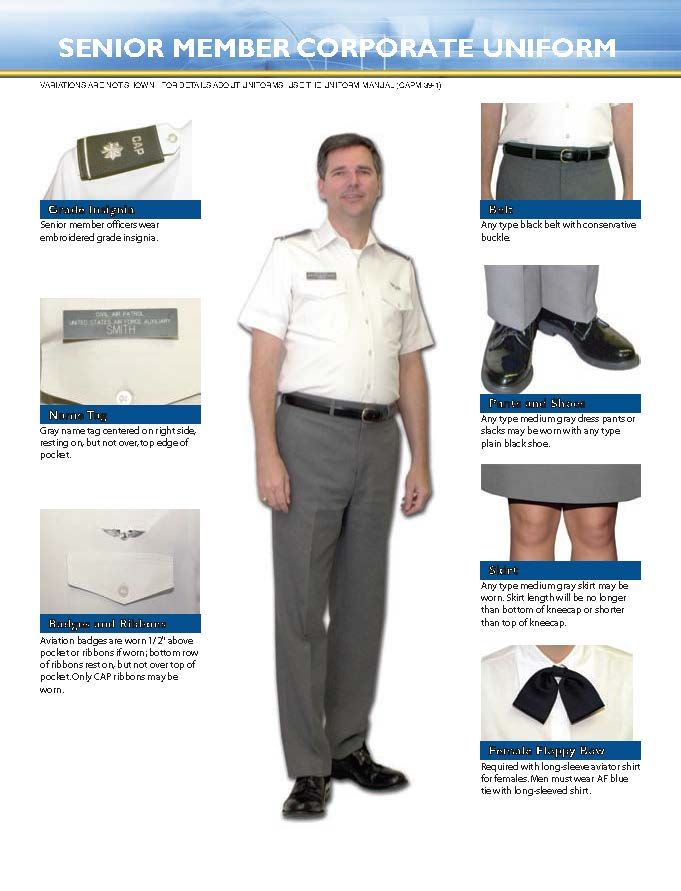
Second Lieutenant (2d Lt)
Senior members who achieve the rank of Second Lieutenant demonstrate a strong commitment to the Civil Air Patrol. They serve as officers, leading and managing their units. Second Lieutenants often have a background in aviation or a related field, and they play a crucial role in mentoring cadets and leading training activities. They are responsible for ensuring the efficiency and effectiveness of their squads, focusing on mission accomplishment and squad development.
First Lieutenant (1st Lt)
The First Lieutenant rank signifies a senior member’s growing leadership and expertise. These officers have a deeper understanding of CAP operations and procedures. They often serve as squadron commanders, leading and managing their units. First Lieutenants are responsible for squad administration, training, and mission execution. They mentor and guide both cadets and other senior members, ensuring the squad’s success.
Captain (Capt)
Captains within the Civil Air Patrol are highly experienced and respected leaders. They serve as squadron commanders or staff officers, overseeing various aspects of CAP operations. Captains have a comprehensive understanding of CAP procedures and policies, and they play a crucial role in decision-making and strategic planning. They mentor and guide their subordinates, ensuring the squad’s smooth operation and mission accomplishment.
Major (Maj)
The Major rank is a significant milestone for senior members within the Civil Air Patrol. Majors often serve as group commanders or staff officers at the higher echelons of CAP. They have extensive experience and expertise in CAP operations and procedures. Majors are responsible for group-level administration, training, and mission planning. They mentor and guide other senior members, ensuring the group’s success and contributing to the overall mission of the CAP.
Lieutenant Colonel (Lt Col)
Lieutenant Colonels within the Civil Air Patrol are highly respected and experienced leaders. They often serve as wing commanders or staff officers at the highest levels of CAP. Lieutenant Colonels have a deep understanding of CAP policies and procedures and play a crucial role in strategic decision-making. They are responsible for wing-level administration, training, and mission execution. Lieutenant Colonels mentor and guide other senior members, ensuring the wing’s success and contributing to the overall mission of the CAP.
Colonel (Col)
The Colonel rank is the highest achievable for senior members within the Civil Air Patrol. Colonels serve as wing commanders or senior staff officers, leading and managing the highest echelons of CAP. They have extensive experience and expertise in CAP operations and procedures and are responsible for overall wing administration, training, and mission accomplishment. Colonels play a vital role in strategic planning and decision-making, ensuring the success and effectiveness of the CAP.
Table: Civil Air Patrol Ranks
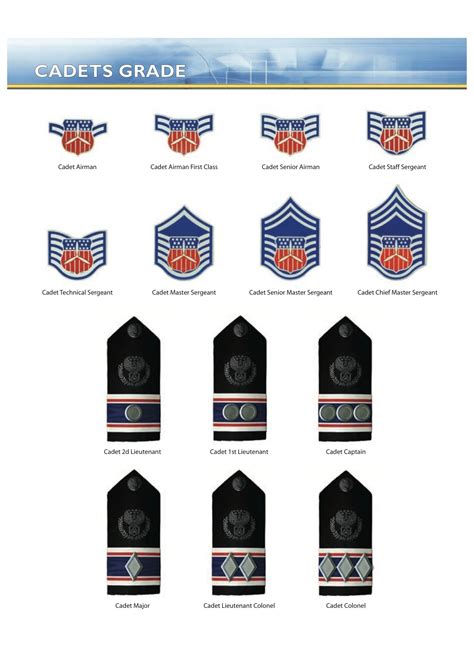
| Cadet Ranks | Senior Member Ranks |
|---|---|
| Cadet Airman (C/Amn) | Second Lieutenant (2d Lt) |
| Cadet Basic (C/B) | First Lieutenant (1st Lt) |
| Cadet Airman First Class (C/A1C) | Captain (Capt) |
| Cadet Staff Sergeant (C/SSgt) | Major (Maj) |
| Cadet Technical Sergeant (C/TSgt) | Lieutenant Colonel (Lt Col) |
| Cadet Master Sergeant (C/MSgt) | Colonel (Col) |
| Cadet Senior Master Sergeant (C/SMSgt) | |
| Cadet Chief Master Sergeant (C/CMSgt) |
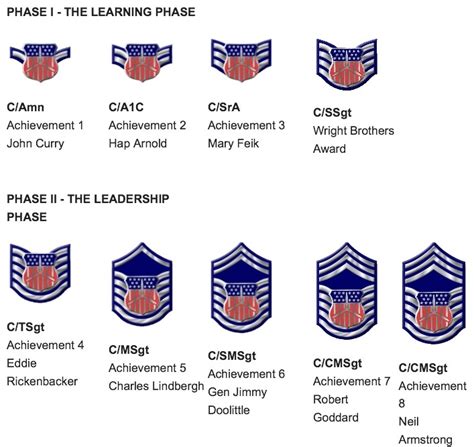
Conclusion:
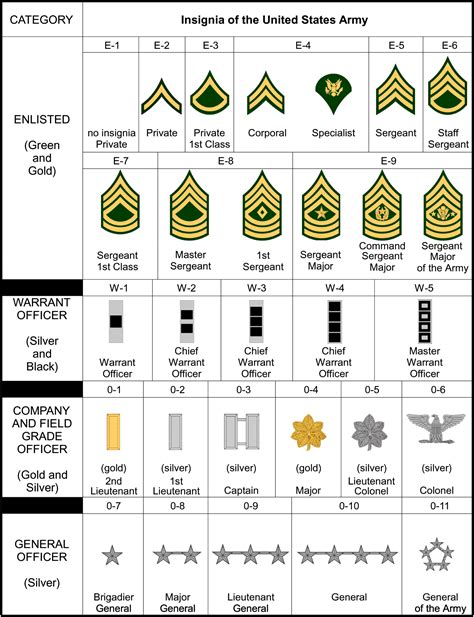
The Civil Air Patrol offers a well-structured rank system that fosters leadership, discipline, and aviation expertise. Through its cadet and senior member ranks, CAP provides a unique and valuable opportunity for personal growth and community service. Whether you’re a cadet aspiring to reach the highest ranks or a senior member dedicated to mentoring and leading, the CAP rank system offers a rewarding journey. Embrace the challenges, learn from your experiences, and contribute to the vital mission of the Civil Air Patrol.
FAQ
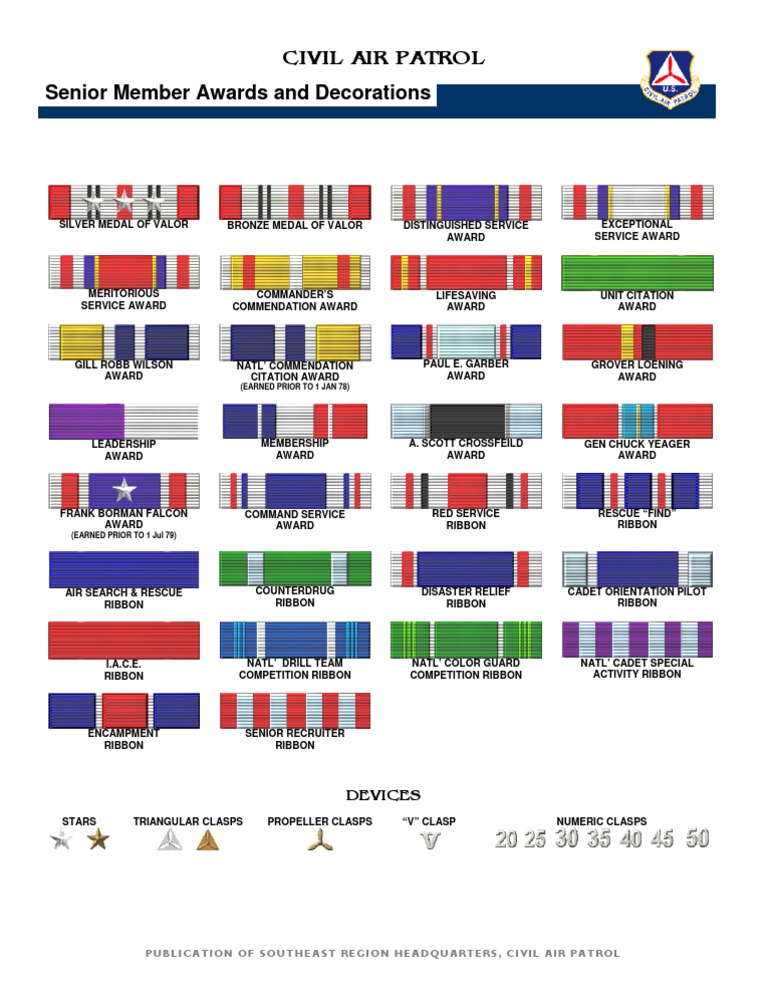
What are the benefits of joining the Civil Air Patrol as a cadet?
+Joining the Civil Air Patrol as a cadet offers numerous benefits, including leadership development, aviation education, community service opportunities, and the chance to make lifelong friends. Cadets gain valuable skills and experiences that can shape their future careers and personal growth.
How do senior members contribute to the Civil Air Patrol’s mission?
+Senior members play a vital role in the Civil Air Patrol by providing leadership, mentoring cadets, and managing CAP operations. They bring their expertise and experience to the organization, ensuring its success and contributing to its mission of promoting aviation and serving the community.
Can I progress through the ranks quickly in the Civil Air Patrol?
+While the Civil Air Patrol encourages personal growth and achievement, rank progression is based on individual dedication, leadership skills, and time spent in the organization. It’s important to focus on learning, contributing to the mission, and demonstrating your commitment to the CAP.
Are there opportunities for international travel within the Civil Air Patrol?
+The Civil Air Patrol offers limited international travel opportunities for select members. These opportunities are typically reserved for those with specific skills or expertise, and they contribute to the CAP’s international partnerships and collaborations.
How can I support the Civil Air Patrol’s mission as a non-member?
+Even if you’re not a member of the Civil Air Patrol, you can still support its mission by volunteering your time and skills. CAP often seeks volunteers for various roles, such as ground support, administrative tasks, or event coordination. Your contributions can make a significant impact on the organization’s success.
